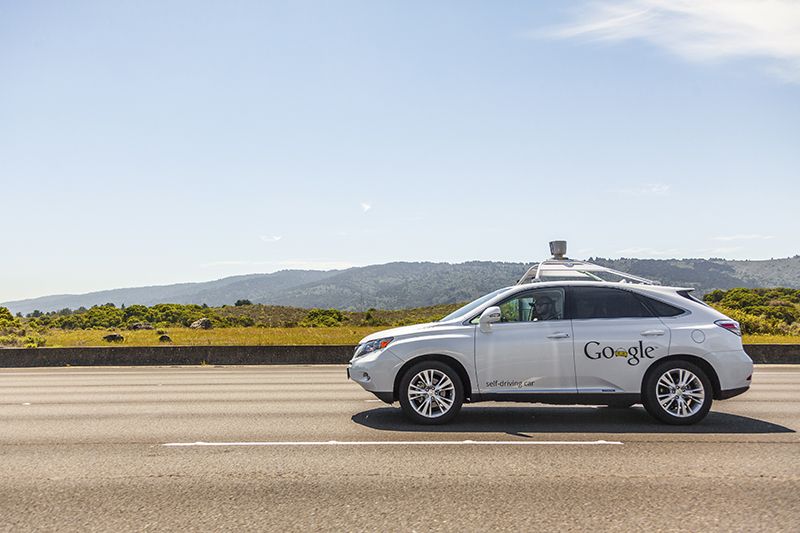Once the preserve of sci-fi films and TV, self-driving vehicles are increasingly becoming a reality and are expected to revolutionise the transport sector and parts of the economy.
Commercial organisations, such as Google, BMW, Volvo and Uber, are developing self-driving vehicles and the technologies, systems and processes associated with them. Government agencies, innovation centres and other institutions have also taken interest in the matter and are helping this development. In addition, a number of countries (the UK, the Netherlands and certain US states among the foremost group) are leading the way to establish and clarify the regulatory environment in which self-driving vehicles can be trialled and deployed.
The introduction of self-driving vehicles has been identified by a number of well-respected research organisations as one of the most influential and exciting innovations of the coming years. A report suggests that, in the UK alone, connected and autonomous vehicles could bring annual social and economic benefits of over £50 billion by 2030.
Self-driving vehicles are referred to as having the potential to revolutionise the transport sector in a number of ways: enhancing the provision of transport in areas traditionally poorly served by public transport; boosting accessibility for particular demographic groups; and optimising network capacity and management.
However, despite progress in the development of autonomous control systems to support self-driving vehicles, a number of key questions remain to be answered before the vision of self-driving vehicles can be even partially realised. These include:
- Technical considerations of sensors and system security.
- Policy issues such as the integration of self-driving vehicles with wider transport plans.
- Regulatory issues covering the testing of self-driving vehicles on public roads.
- Privacy concerns regarding the sharing of data about the vehicle.
- A clearer understanding of the impact on the environment — could the emergence of self-driving cars have a negative impact on the environment by increasing the number of vehicles on the road, and reducing the role of public transport and active travel?
- Societal expectations and acceptance of self-driving vehicles.
- The wider economic impact on industries, such as insurance.
So, what role can the public sector expect to play in the delivery of self-driving vehicles, and how will that role change in the coming years? On a national level, public authorities have a significant role to play in defining the regulatory environment for self-driving vehicles. The UK Government has been particularly active in this area, and the debate is extending around Europe. Similar considerations exist for other key enablers in this area such as insurance and the identification of liabilities.
In the short to medium term, public authorities can act as laboratories for the development of self-driving vehicles. This is a role adopted by Bristol for the VENTURER programme, Greenwich for the Gateway project, and Milton Keynes in the LUTZ Pathfinder and (with Coventry) UK Autodrive.
Organisations, such as Google, adopt approaches whereby the vehicle continuously scans its environment to derive information about the state of the network and local requirements. Other approaches are more reliant on the integrity of the underlying map base. To support the localisation of self-driving vehicles and their navigation, it is conceivable that it will partly fall to public authorities to make certain data available to suppliers that would include more detailed information on the road network and local restrictions, with a lower waiting time between updates.
In a more operational sense, there may also be opportunities for public authorities to use self-driving vehicles as probe sensors to acquire data about the state of the networks. This could ultimately be used to optimise transport networks and manage traffic more effectively.
There are a great many questions that will emerge over the coming months and years. What will this mean for the public sector role in delivering transport locally? And will their relationship with transport providers and automotive manufacturers ultimately change?
